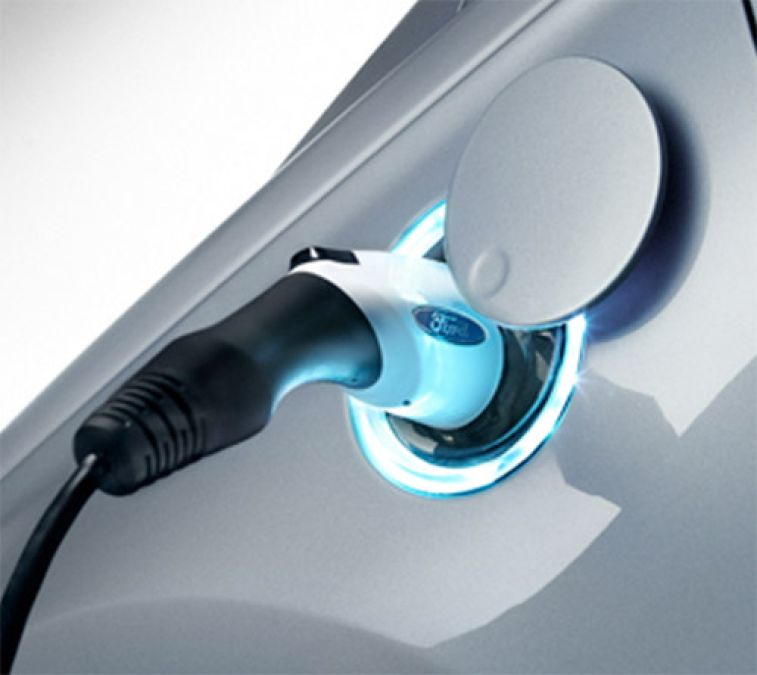The 285,000-square-foot research and development lab formerly known as the Advanced Engineering Center will research and develop hybrids and electrification processes almost entirely.
“The good news for customers is that they not only have more choice, but they have faster access to Ford’s latest and greatest in fuel-saving technologies and vehicles,” said Joe Bakaj, Ford vice president of Powertrain Engineering. “This stems directly from our decisions to deliver true power of choice by expanding our dedicated electrified vehicle team and further investing in our facilities.”
This is the highest concentration of technical personnel ever focused on this transition, with some 60 engineers hired in the last 12 months and dozens more to be hired during the coming year. This will accelerate hybrid and electric vehicle development by up to 25 percent.
The move is a result of a $135 million investment to expedite the design, engineering and production of intrinsic components, such as advanced battery systems, needed for the next level of hybrid-electric vehicles soon to be produced.
Ford’s battery-testing capacity will expand to 160 individual battery-testing channels. The center will also utilize highly specialized machines to test and simulate a variety of real world performance measurements including power, performance, longevity and thermal behaviors across a wide range of temperatures and ambient conditions.
Rather than banking on a single approach to improved economy and value, Ford is developing a wide range of powertrain and refueling variations, so consumers and the marketplace will ultimately select the vehicles of tomorrow.
The price of the current hybrid system has already been reduced by 30 percent compared to the previous system and Ford is launching five electrified vehicles this year. These include the Focus Electric, C-MAX hybrid, C-MAX Energi PHEV, Fusion Hybrid and Fusion Energi PHEV.
Notably, Ford is the largest domestic producer of hybrid vehicles. The Escape Hybrid was introduced during 2004, followed by Fusion Hybrid in 2010, both of which met with considerable critical acclaim in both the media and the marketplace.
Originally Ford’s hybrids used batteries built, designed and tested by third parties. The new Advanced Electrification Center is the culmination of Ford bringing the research, development and production of batteries and electrified vehicles under its own roof.
“Time is of the essence, especially when we have a specific launch date,” said Anand Sankaran, Ford executive technical leader, Energy Storage and HV Systems.
With the time it takes to bring an automotive product to market, especially in light of the current level of innovation in the industry, time is a significant factor. In house battery testing means no more frantic searches for a supplier with the right equipment to perform specific and timely tests on the spot.
The expanded capacity enables the rapid collection, analysis and application of terabytes of data, not to mention the power to quickly modify tests and adapt to revised parameters. This results in project completion 25 percent sooner than previously possible, according to Sankaran.
The Ford Advanced Electrification Center is located within the company’s Henry and Edsel Ford Research & Engineering Center, the 500-acre technical complex in Dearborn, that opened in 1953 serving as the home of research and engineering efforts.
The center was erected on the research campus in 1993, part of an $84 million project focusing on noise, vibration and comfort testing at several state-of-the-art labs.
The site's mission evolved in 2009, as Ford boosted the investment in vehicles like the Fusion Hybrid, and the Sustainable Mobility Technologies team employed there as well, according Chuck Gray, Ford chief engineer, Global Core Engineering Hybrid and Electric Vehicles.
The expansion and redirection has brought together a remarkable group of highly experienced engineers from diverse industries, including those versed in aerospace work with jets, rockets, missiles, satellites and unmanned aircraft. One engineer even listed taking the helm of the Goodyear Blimp on his résumé.
“We know what it takes to build world-class hybrids and are building on that expertise,” said Kevin Layden, director, Ford Electrification Programs and Engineering. “We’re continuing to invest so Ford can continue to lead in the delivery of top fuel economy, durability and driving dynamics in our electrified vehicles.”





